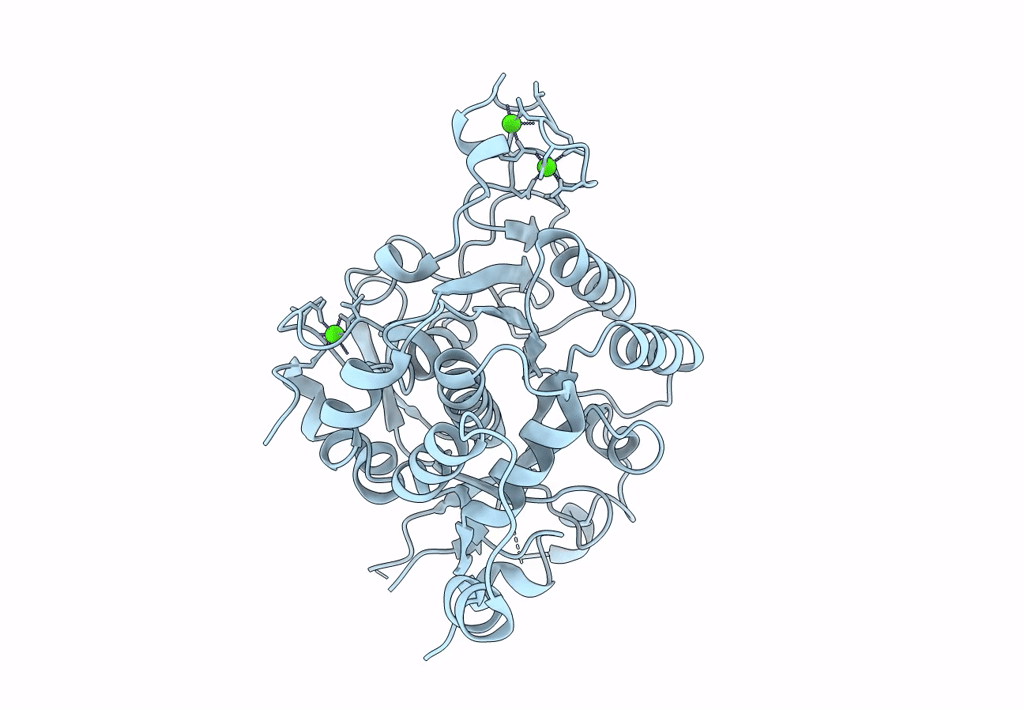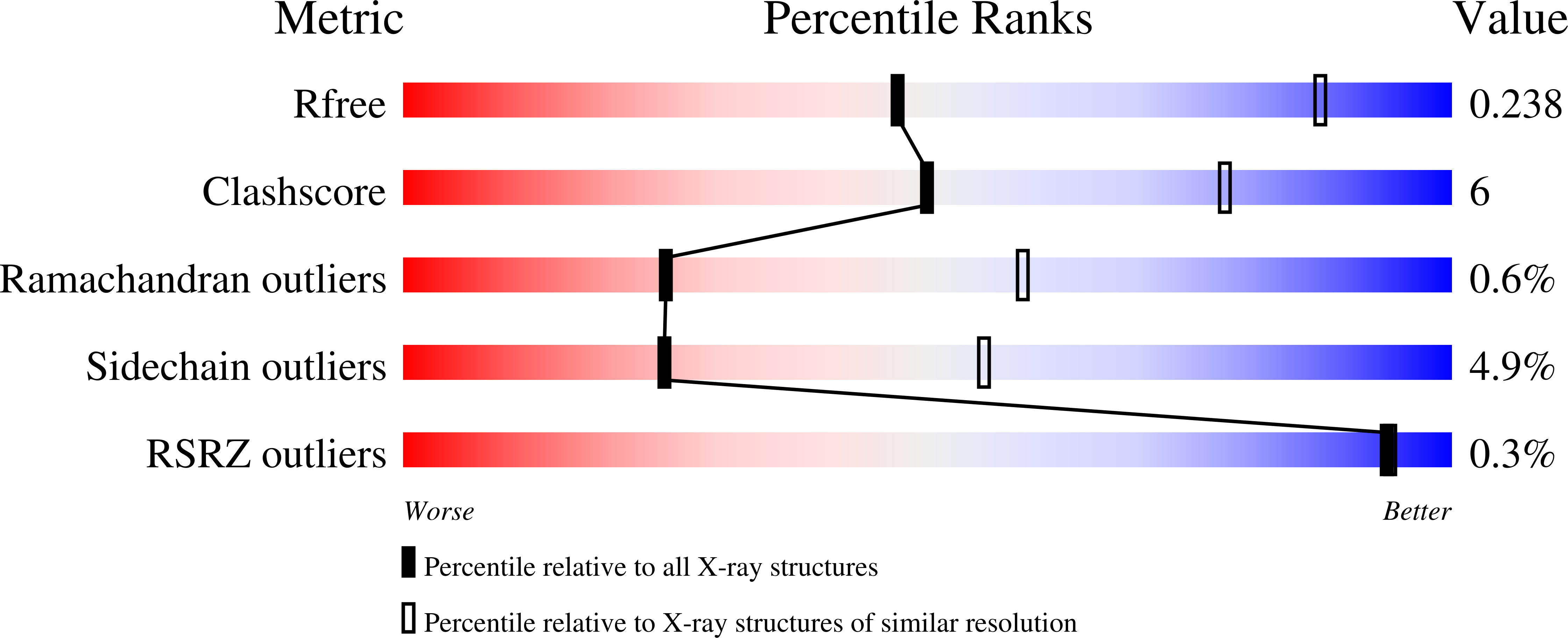
Deposition Date
2023-03-01
Release Date
2023-07-19
Last Version Date
2023-11-22
Entry Detail
PDB ID:
8CP0
Keywords:
Title:
Structure of the catalytic domain of P. vivax Sub1 (trigonal crystal form)
Biological Source:
Source Organism:
Plasmodium vivax (Taxon ID: 5855)
Host Organism:
Method Details:
Experimental Method:
Resolution:
3.25 Å
R-Value Free:
0.24
R-Value Work:
0.19
R-Value Observed:
0.19
Space Group:
P 32 2 1


